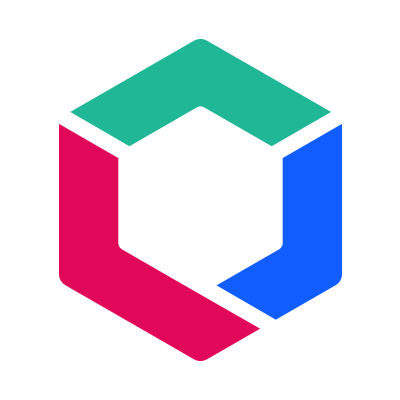Boost Conversion Rates with Growth Driven Design
06/02/2016 • 3 min read • Written by Lynton
You've decided to update your website using the Growth Driven Design methodology. Now what do you do? There are many tools that you can use in order to test the content and conversions on your website. It is important to continually test the site to track key metrics like landing page conversion, average views per page and bounce rate. These metrics will pinpoint what aspects of the website need to be updated on a weekly or monthly basis to enhance a user's experience.
What is Growth Driven Design?
Growth Driven Design encourages a business to keep a company website fresh based on real-time marketing and testing results. This allows for easier adaptation of changes to the website for an optimal content and user experience. These updates can keep your website optimized for better lead generation and offer an overall better return on investment. The most powerful thing about Growth Driven Design is that it's based on actual data, so the customer can see what is and what is not working on their website.
Test, Test, Test
When incorporating Growth Driven Design, the sky is the limit for testing and enhancements to make your website more targeted to your customer. After a basic website design is launched, the fun begins! There are many questions to ask as you work through the design process, but more so after the website is launched. As customers use the website, what are they reacting either strongly or negatively to on the site? Do they spend time reading content, clicking on calls to action and filling out forms? Or do they visit the home page and quickly exit the site. Using analytics, you can find out where a user is traveling to on the website and enhance those pages. The more you customize the website for the customer, the bigger the impact on conversion rates and higher the return on investment. Below are just a few ways to find out how to boost your website's conversion rates:
- Content Creation: Continually add or edit content by targeting your customer's buyer persona, adding industry news and product resources to the website.
- Conversion Rates: Run tests to optimize the conversion rates on blogs, landing pages and calls to action.
- Website Image Testing: Test the effectiveness of new homepage, landing pages and blog creative compared to the old page.
- Usability Test: Run a usability test to get feedback from your users or an anonymous panel on the navigation and ease of use of the website.
- User Experience: Based on heat map analysis, move calls to action buttons, navigation menus and other content for better user experience.
- Personalization: Understand the device your customer is using, the country they are located in, and other unique characteristics to personalize the website for their buyer's journey.
- Website Organization: Simplify or organize the navigation menus for easier search within the website.
- Search Engine Organization: Enhance SEO efforts throughout the website by updating keywords, content, meta titles and meta descriptions based on research and testing.
Constant Change
The way that customers search online for businesses and services is continually changing. Google regularly updates their search algorithm to match the way that consumers search behavior changes. The one aspect of consumer searching that lags behind these updates is a company website. The best way to keep up with the changes is to keep a website fresh by constantly improving and evolving your website by using Growth Driven Design.
You May Also Like

Technology
Growth Driven Design Tools to Get You Started
Not sure where to start with Growth Driven Design? Try these easy to use tools.
Keep Reading
Web Design & Development
Successful Landing Page Do's and Don’ts
You too, can make the best landing pages ever. Just follow these do's and don'ts.
Keep Reading
Web Design & Development
6 Questions Home Builders Should Ask to Create a Sales Driven Website
Are you looking to redesign your home builder website? Here are 6 questions to consider asking to make your new site sales dr...
Keep ReadingSubscribe Today

